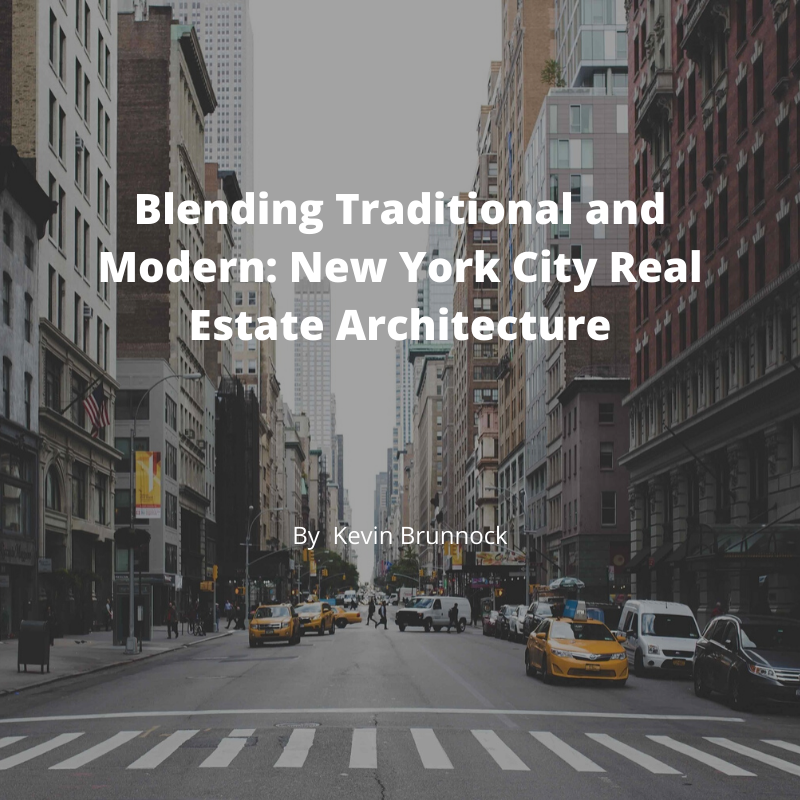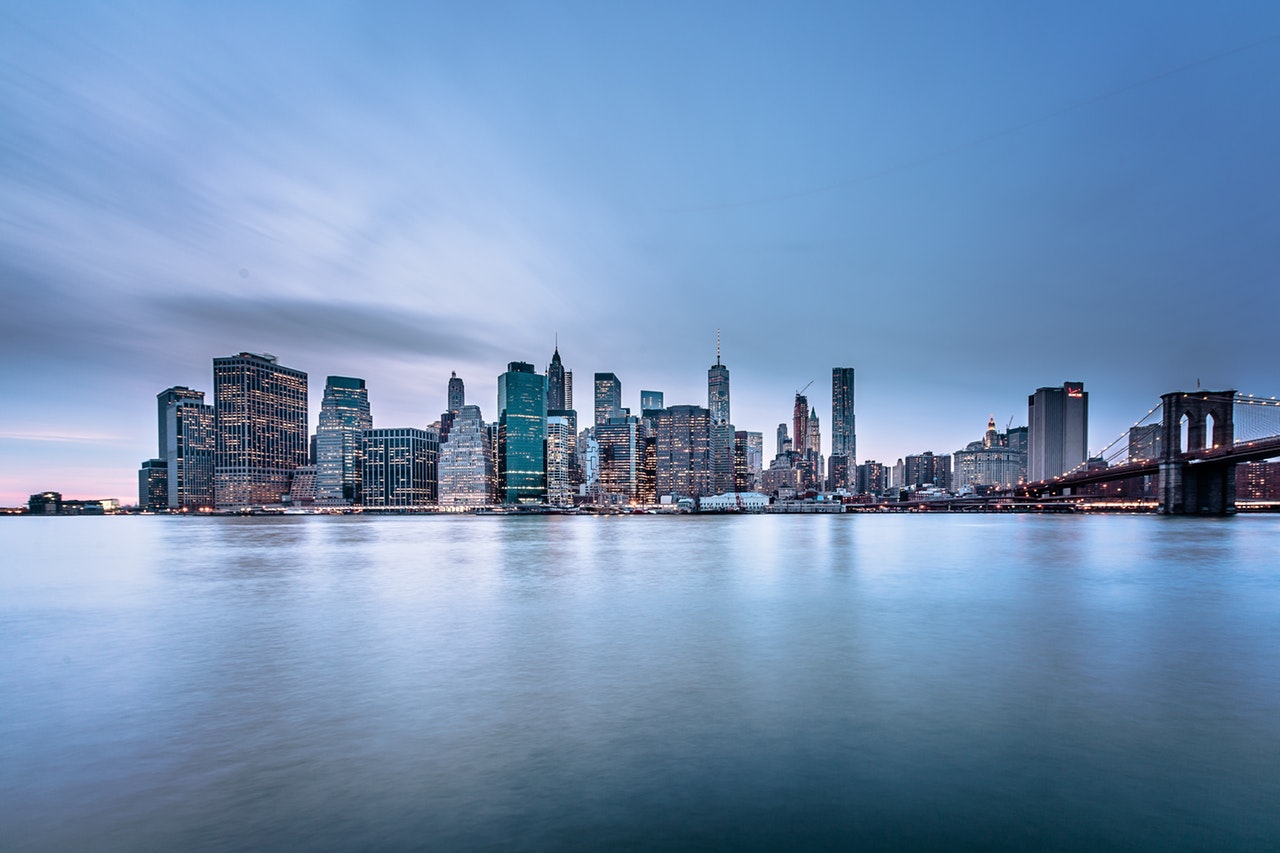Throughout 2020, New York City has been hit hard through various lockdowns and preventive measures against the COVID-19 pandemic. Hope has been on the rise though through upcoming vaccines, and some of the project developments that have cropped up in the meantime. Take a look into just some of these projects opening up in New York City from 2021 and beyond.
Residential
More people than ever are coming to New York City to start fresh or take on a new job opportunity. The city is building around these people through various buildings like Sven, a 958-unit skyscraper built in Long Island City, or the easily affordable building opening up at the Astoria waterfront. For those living around the Bronx, many restaurants and shops are planning on opening up at the La Central residential complex in 2021. Make sure that you are always looking more into how New York City is building itself around the people that live in it.
Commercial
While people have been spending 2020 working from home, businesses have been spending time reinventing their office spaces. JP Morgan Chase is choosing to move to 425 Park Avenue for their brand new tower, a home for many employees working out of the city. Developers around New York City understand the need for more restaurants for workers which is why the Manhattan West complex is planned to open up in 2021, a food hall including some of the most famous chefs and food brands around the city. Always look around and see how New York City is constantly becoming a better place for those working there.
Art
New York City isn’t just a great city for those looking for a new job but for those interested in art as well. At the World Trade Center, the Perelman Performing Arts Center will be opening up for black creators looking to make their work known in theater, music, dance, and more. Architect David Adjaye has also been working with The Studio Museum in Harlem to construct a new building to hold all of their collections. Whether you are interested in some of the pre-existing venues or some of the new art establishments being built in New York City, you always have somewhere to visit no matter what art medium you’re interested in.









